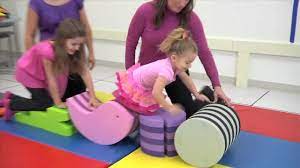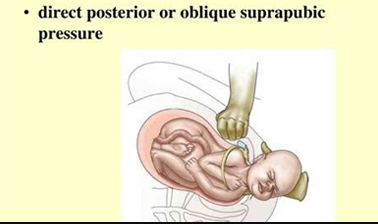
Support and Care for Children with Erb’s Palsy
Shoulder Dystocia is a challenging birth complication that occurs when a baby’s shoulder becomes stuck behind the mother’s pelvic bone during delivery. This condition can lead to various complications, one of which is Erb’s Palsy, a condition that affects the baby’s arm movement and sensation. Providing proper support and care for children with Erb’s Palsy is essential to ensure their development and well-being. In this blog, we will delve into the importance of understanding these conditions and explore the available support and care options for affected children.
What is Shoulder Dystocia and Erb’s Palsy?
Shoulder Dystocia and Erb’s Palsy is birth complications related to the baby’s shoulder getting stuck during delivery.
Shoulder Dystocia: Shoulder Dystocia happens when the baby’s head is delivered, but the shoulders get stuck, delaying the rest of the delivery. This complication can put pressure on the brachial plexus, a group of nerves that control the movement and sensation in the arms and hands.
Erb’s Palsy: Erb’s Palsy is a type of brachial plexus injury that specifically affects the upper nerves, often resulting in weakness or paralysis in the affected arm. This condition can have varying degrees of severity, ranging from mild weakness to complete loss of arm function.
Identifying Shoulder Dystocia Complications Fetal and Diagnosing Erb’s Palsy
While shoulder dystocia can be identified during delivery when the baby’s shoulders get stuck, the complications may not be immediately apparent. Identifying shoulder dystocia complications fetal during delivery is critical for prompt medical intervention. In some cases, the baby may display signs of Erb’s Palsy shortly after birth, such as limited movement in the affected arm or lack of response to touch.
To diagnose Erb’s Palsy accurately, healthcare professionals will conduct a physical examination to assess the baby’s reflexes and arm movement. Additionally, they may use imaging techniques like ultrasound or MRI scans to evaluate the extent of nerve damage.
Support and Care for Children with Erb’s Palsy
Receiving the right support and care early on is crucial for children with Erb’s Palsy. Here are some essential aspects to consider:
- Expert Medical Care: Seek medical attention from healthcare professionals experienced in handling brachial plexus injuries. Early intervention and appropriate medical guidance can significantly improve the child’s prognosis.
- Physical Therapy: Engaging in physical therapy exercises can help strengthen muscles, improve range of motion, and increase flexibility in the affected arm. These exercises are often tailored to the child’s specific needs and abilities.
- Occupational Therapy: Occupational therapy focuses on developing essential life skills that involve the use of arms and hands. Therapists work with the child to enhance their independence in daily activities.
- Assistive Devices: Depending on the severity of Erb’s Palsy, assistive devices such as splints or braces may be recommended to support the affected arm and promote proper alignment.
- Parental Support and Education: Parents play a vital role in the child’s progress. Education about Erb’s Palsy and learning the best ways to support their child’s development is essential.
Conclusion
Support and care for children with Erb’s Palsy require a comprehensive approach involving medical expertise, therapy, and parental involvement. Early intervention and a nurturing environment can make a significant difference in a child’s ability to overcome challenges and lead a fulfilling life. By raising awareness and ensuring access to appropriate resources, we can help children with Erb’s Palsy reach their full potential and enjoy a bright future.
























